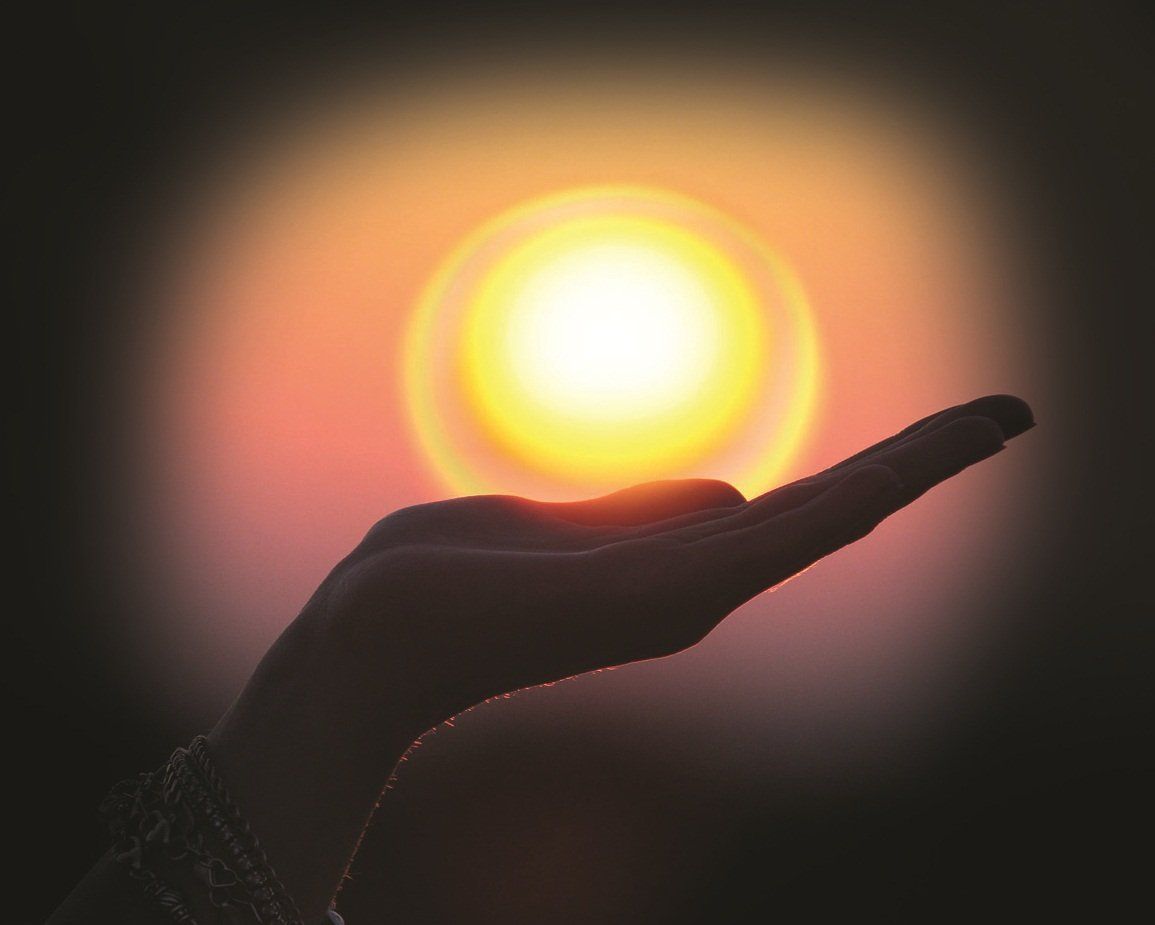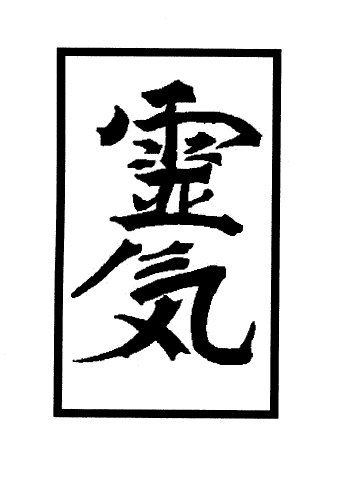REIKI ENERGY BALANCING (pronounced RAY-KEE)
Reiki energy was accessed originally by Mikau Usui in the 1900s in Japan. Usui founded a simple healing system, very much a system of self-healing, self-development and spiritual development. But when Reiki was first taught in the West in the 1970s, and since that time, Reiki teaching has focused it much more as a treatment technique.
To understand Reiki, you need to get your head around the idea of the belief that there is a subtle energy that permeates us and surrounds us, an energy which we can learn to experience and direct, an energy which we can move through our bodies and channel through us and offer to be used by others. While this may seem to be a strange thing to believe from a Western perspective, it is a central belief in many Asian cultures and underlies many exercise systems, meditation practices and healing or treatment methods.
For example, in China, this energy is referred to as “chi”, used in Feng Shui (the art of placement), Acupuncture, Tai Chi and Qi Gong and Martial Arts. The Japanese call it Ki and in India, Prana.
Reiki is a method of working with energy. A hands-on and/or off, energy balancing treatment that’s belief is that life force energy is being channelled, energy that is present in all matter, allowing the client to bring their own energy system into balance from this channelled energy .
The energy is believed to activate the body’s natural ability to heal itself; work wherever it is needed most, helping to release blocked energies and to reinstate a sense of balance in one’s life, a sense of wellbeing and calm. The energy is drawn through according the client's needs. It may help some people to:
- feel deeply relaxed
- cope with difficult situations
- relieve emotional stress and tension
- improve overall feelings of wellbeing
- experience relief from physical, mental and
emotional symptoms and ailments.
Some people say they feel better after having Reiki including from symptoms of certain conditions, and to help control side effects of medical treatments including cancer. That it helps them to cope better. (see cancerresearch.org)
Please Note:
It is important to bear in mind Reiki is not proven to treat conditions, we encourage you always to seek a consultation for any condition or symptoms with a medical professional.
For this treatment usually you lay on a couch (a chair can be used), fully clothed with hands hovering above or gently placed on the body.
The practitioner is not making invasive manipulations to the client's energy system (or to the client’s body) and they are not using their own energy. They are a conduit through which the energy flows, creating a ‘healing space’ that it is believed that the client may be able to use to bring their own energy system into balance, without conscious and deliberate intervention on their part.
The energy guides the practitioner where to place their hands and for how long, it is a partnership with the energy. When you develop your art as a Reiki practitioner you are not just applying book knowledge: you are learning to open to your intuition and you are learning to ‘listen’ to what your hands are telling you in terms of energy flow. There is a lot of dogma and silly rules in the Reiki community, I give an uncluttered and simple treatment.
Reiki is not dependent on any specifics beliefs at all and may work whether you believe in it or not. It is not attached to any religion or any belief system.
After you have experienced the benefits of Reiki, you may become interested in learning how to do it yourself. Reiki can be learnt and I offer courses. Please see the Reiki Courses tab.

